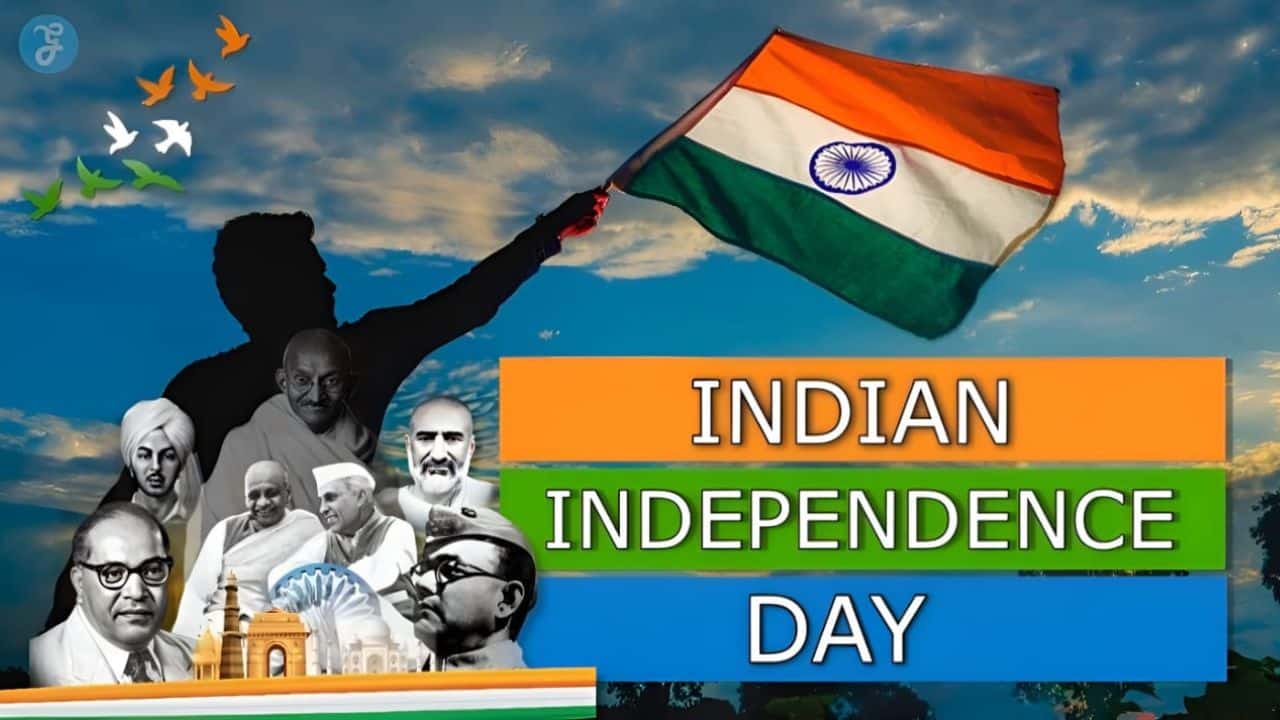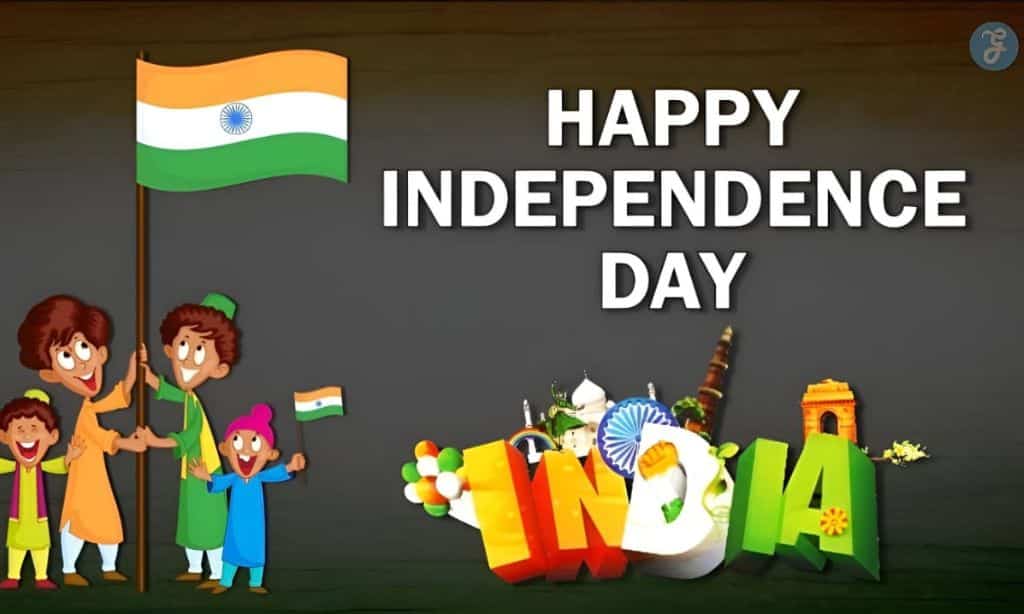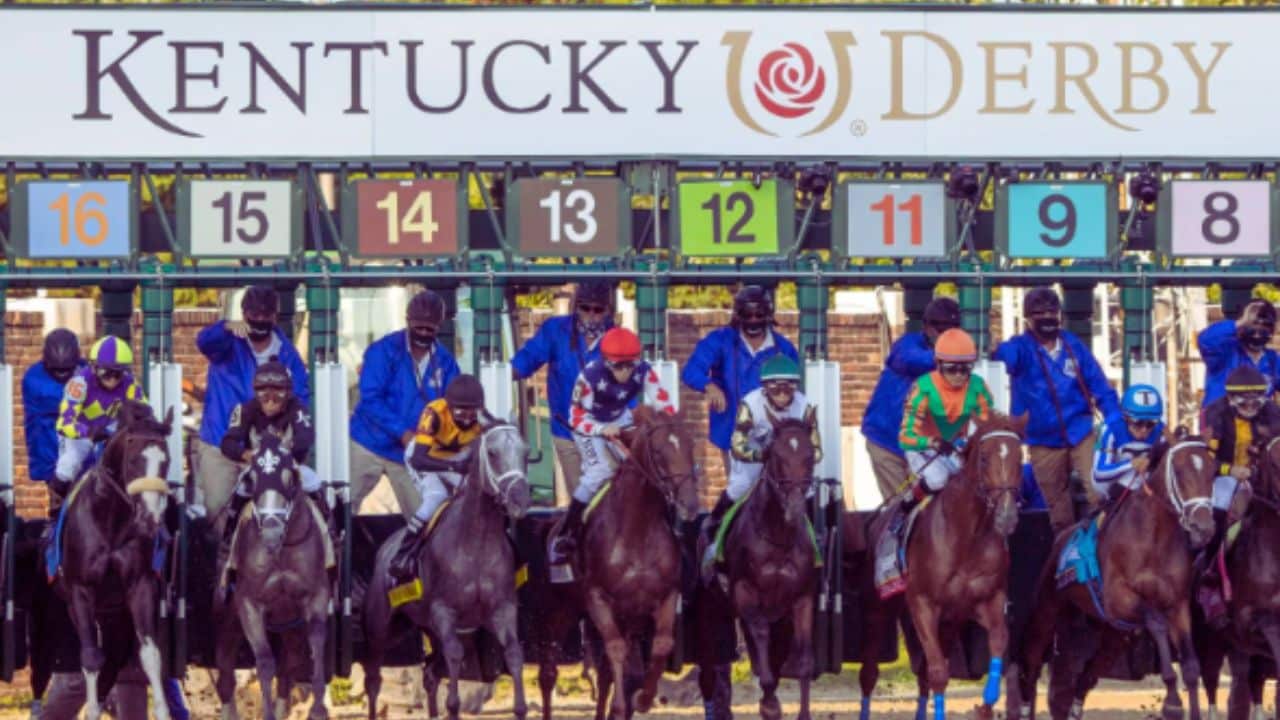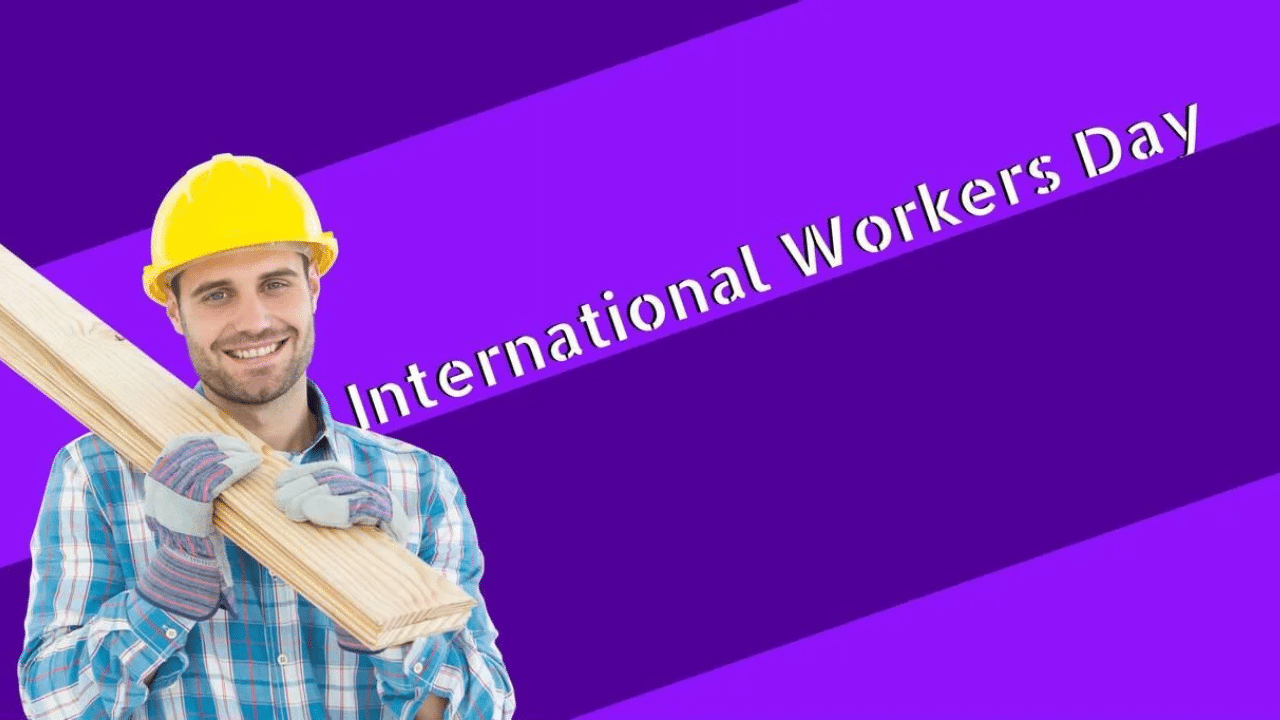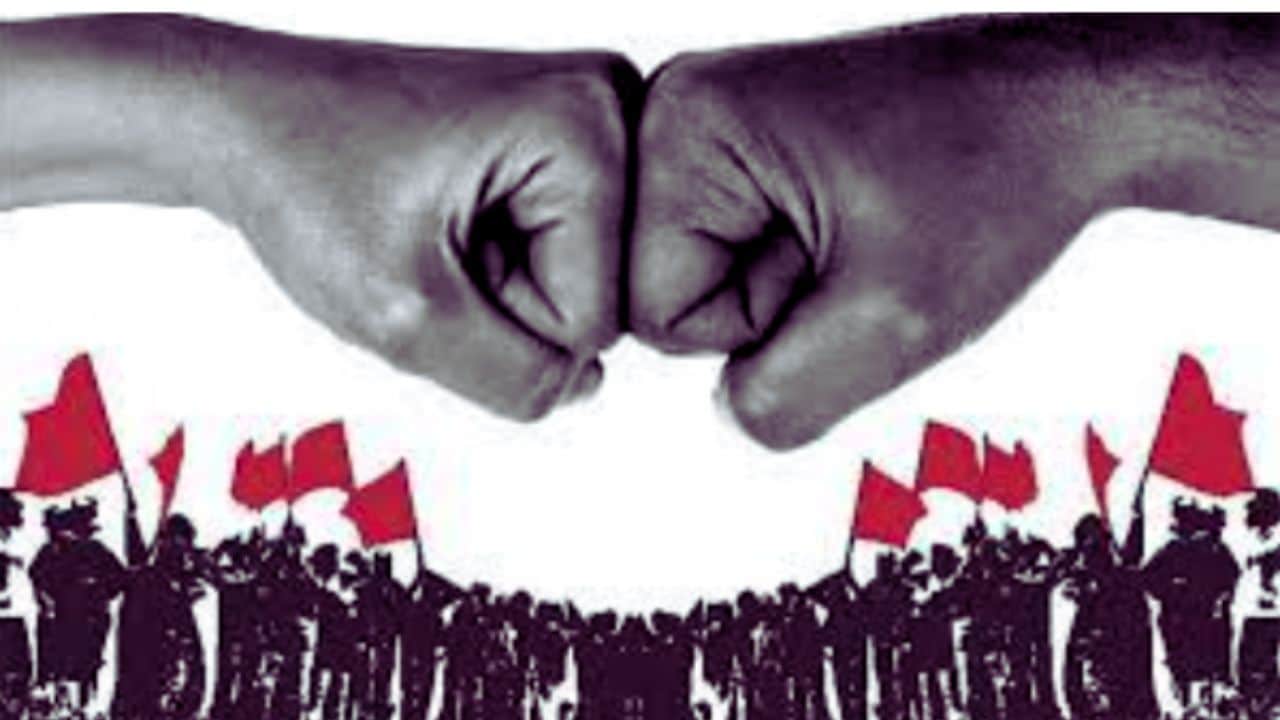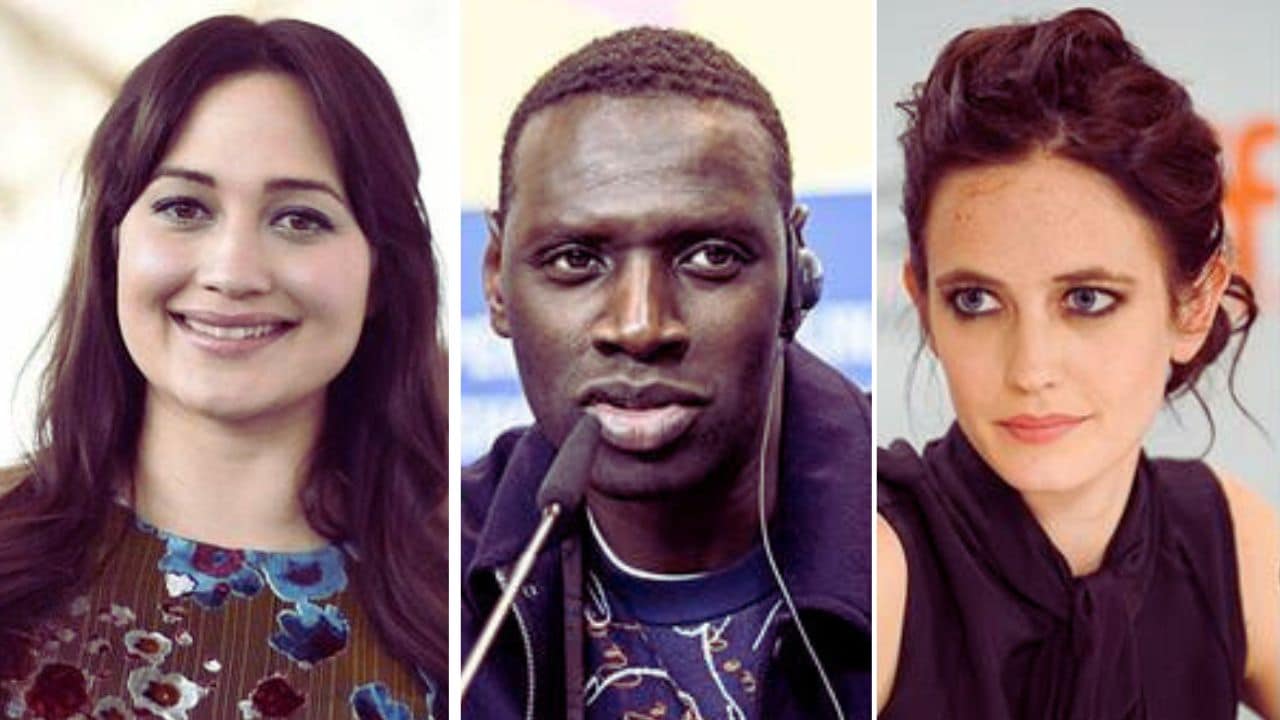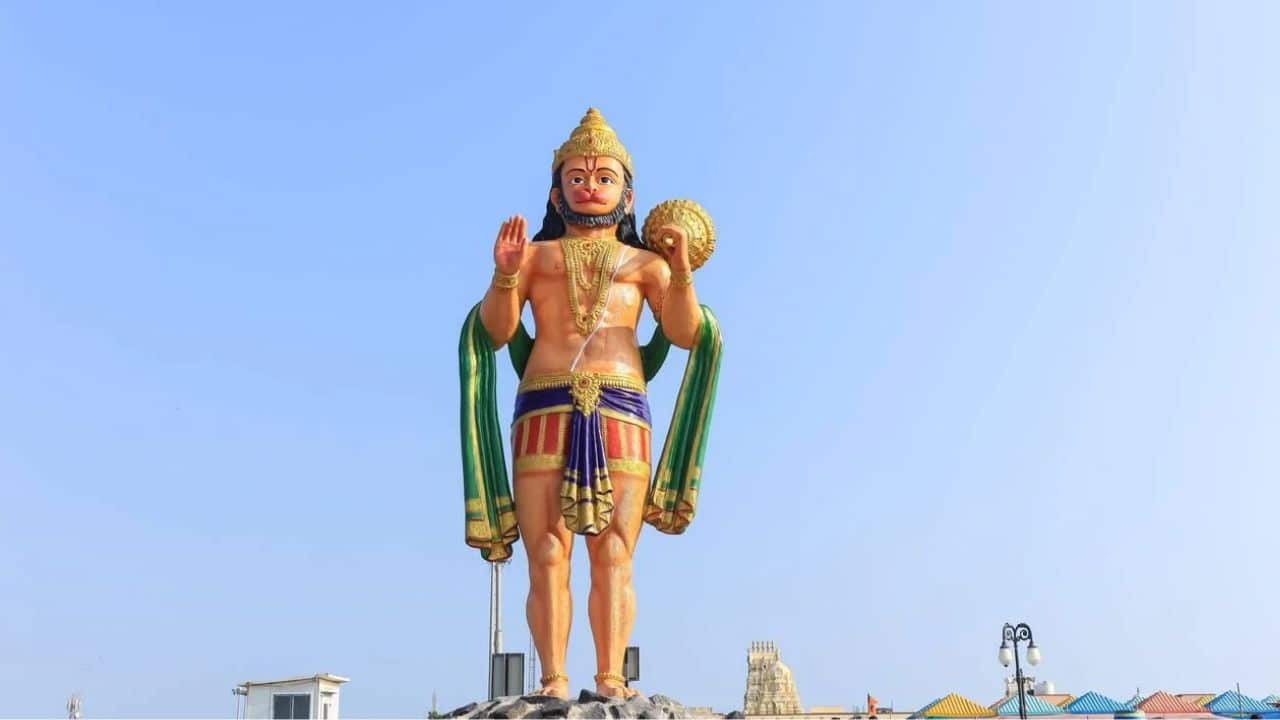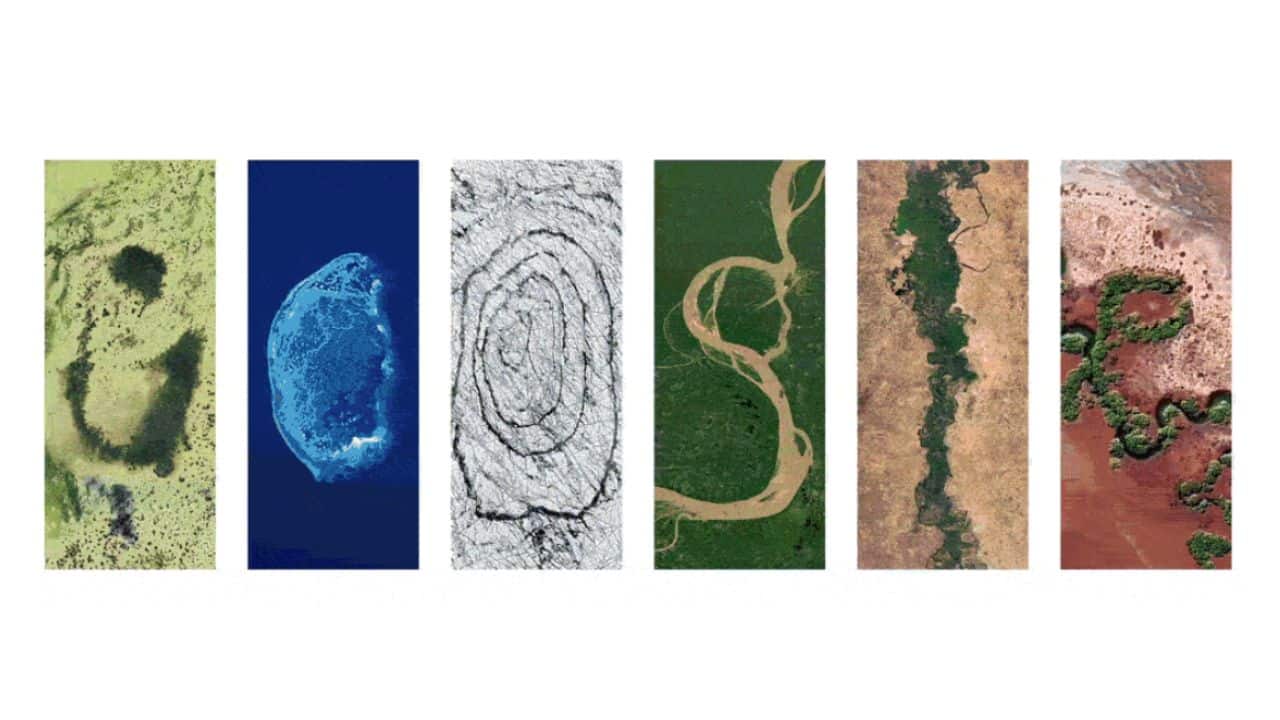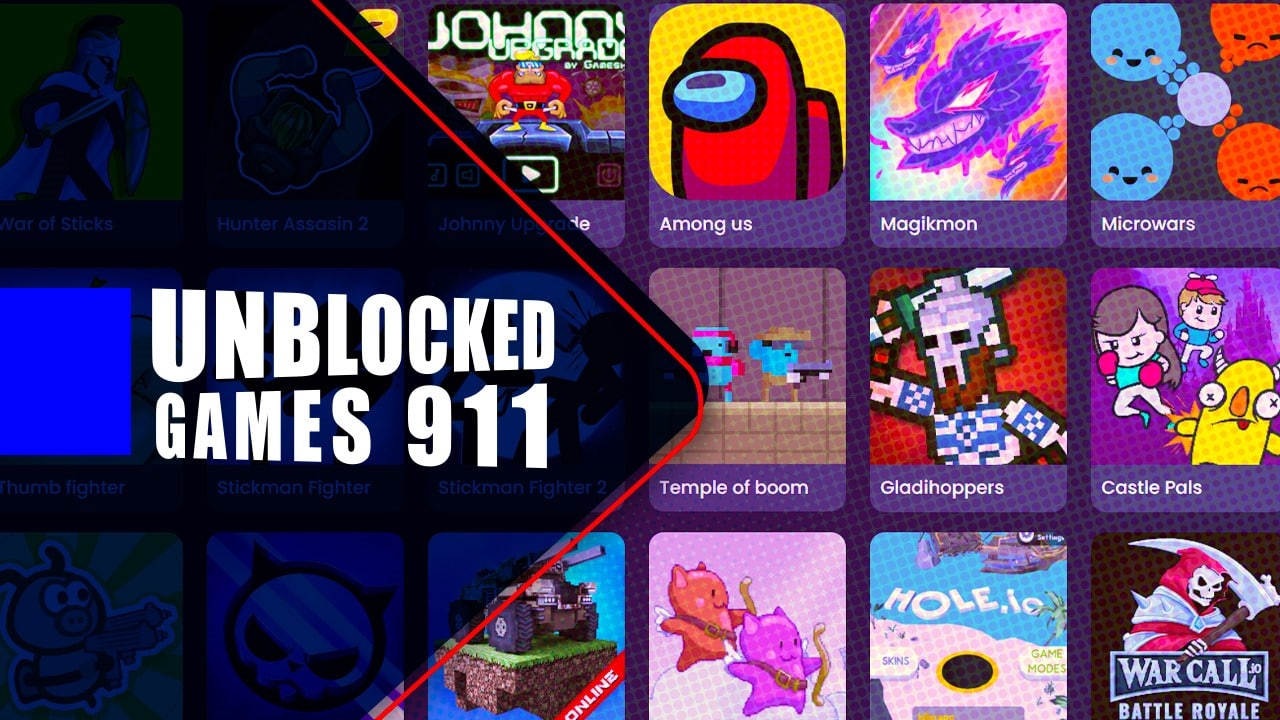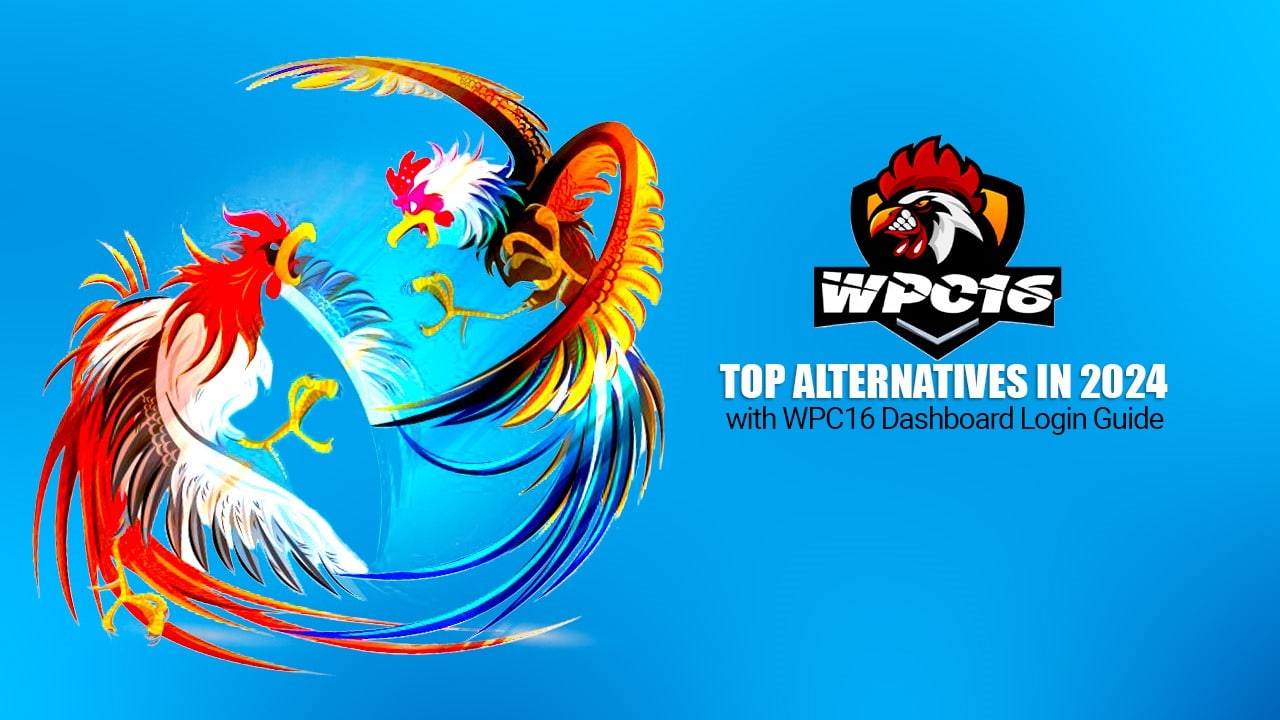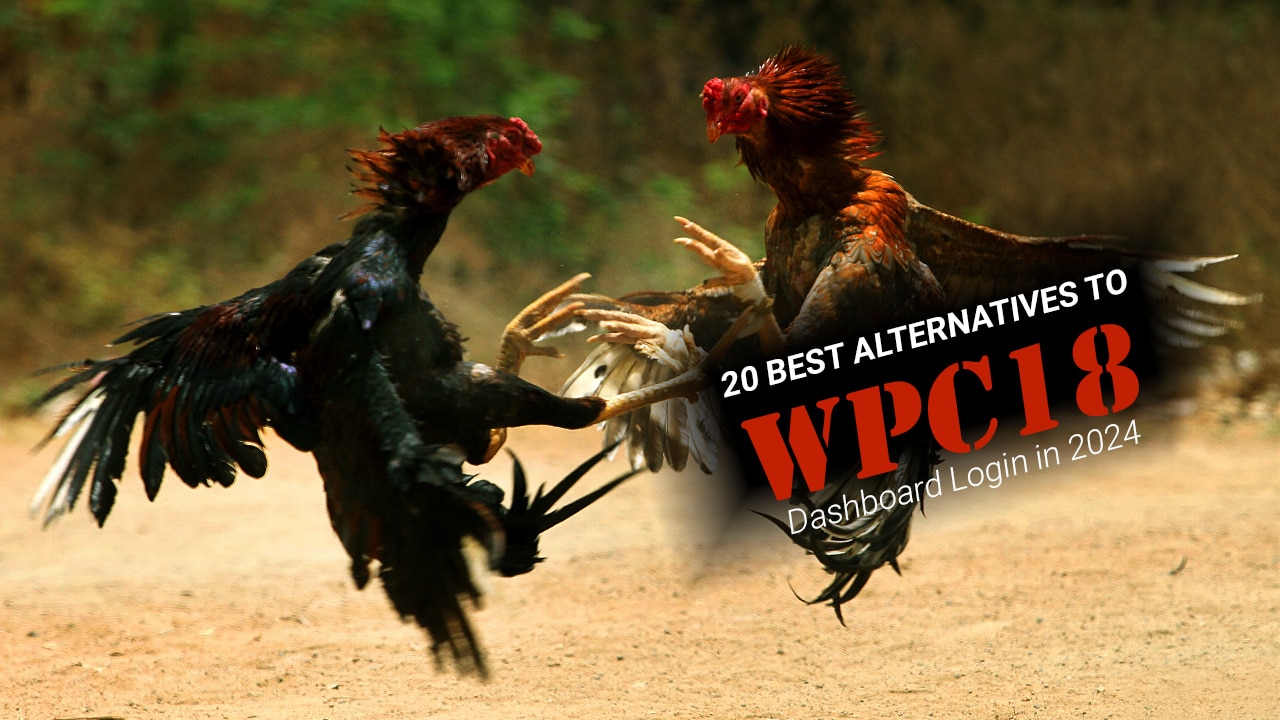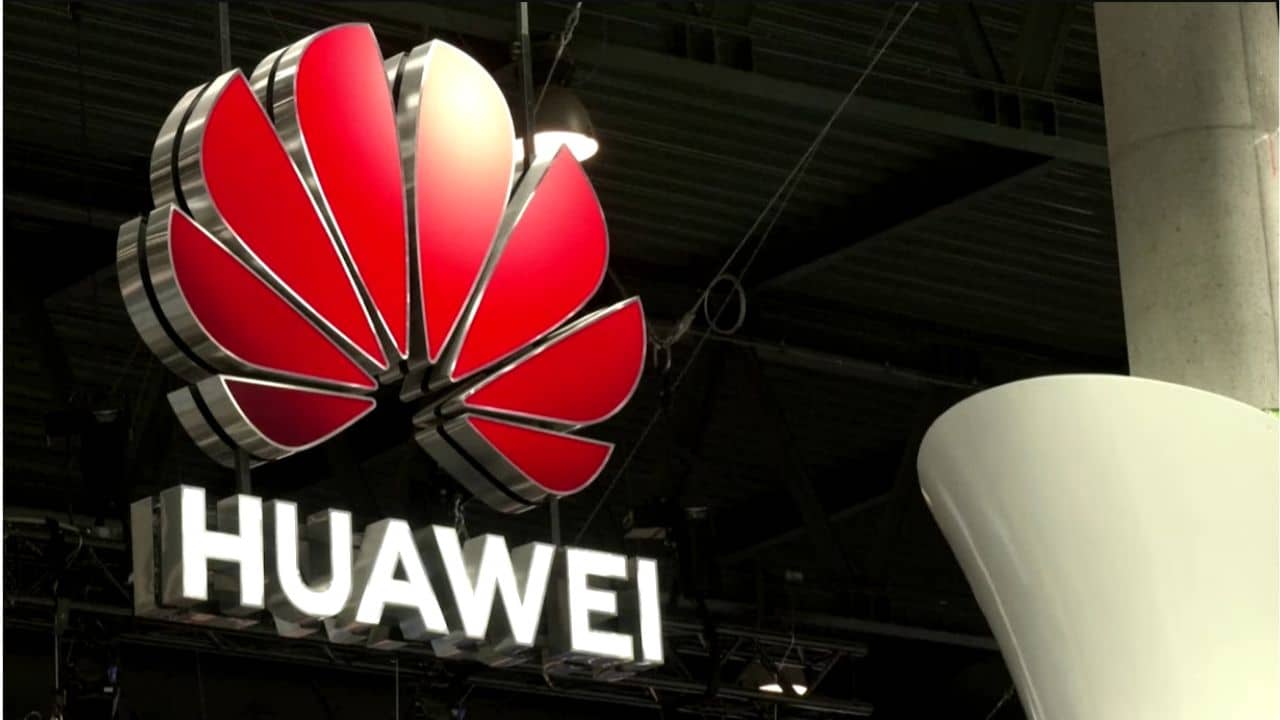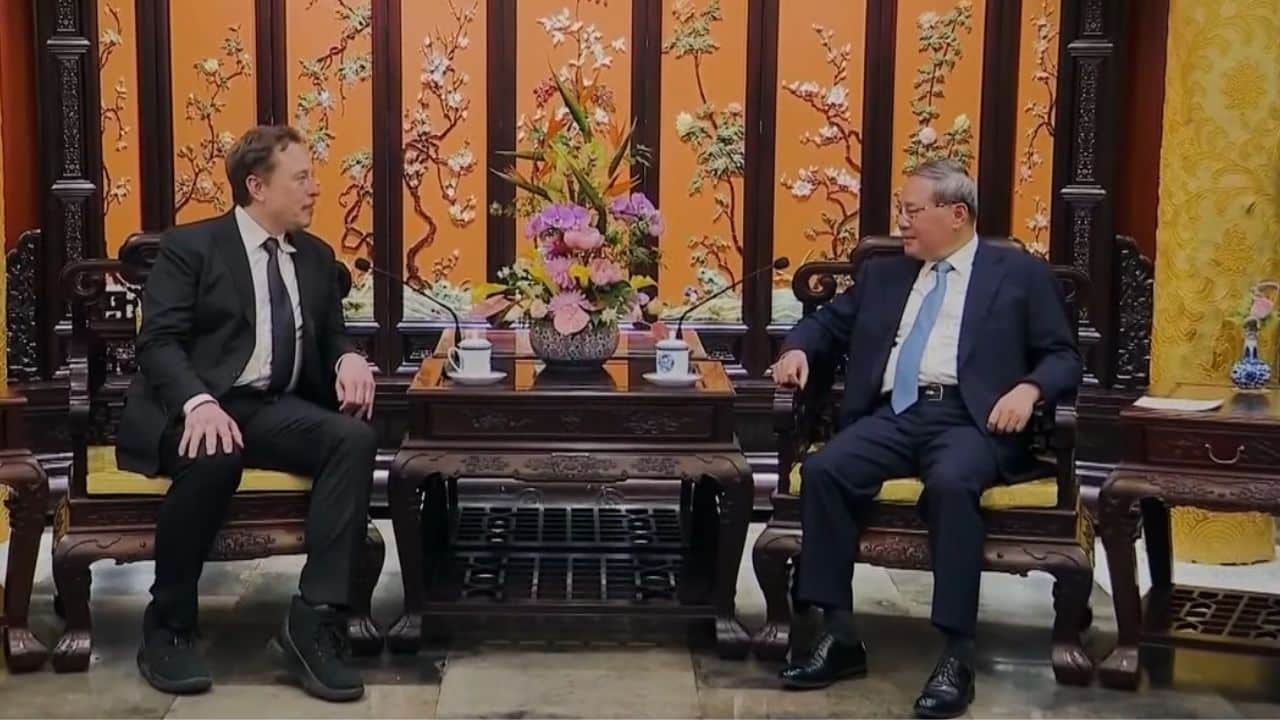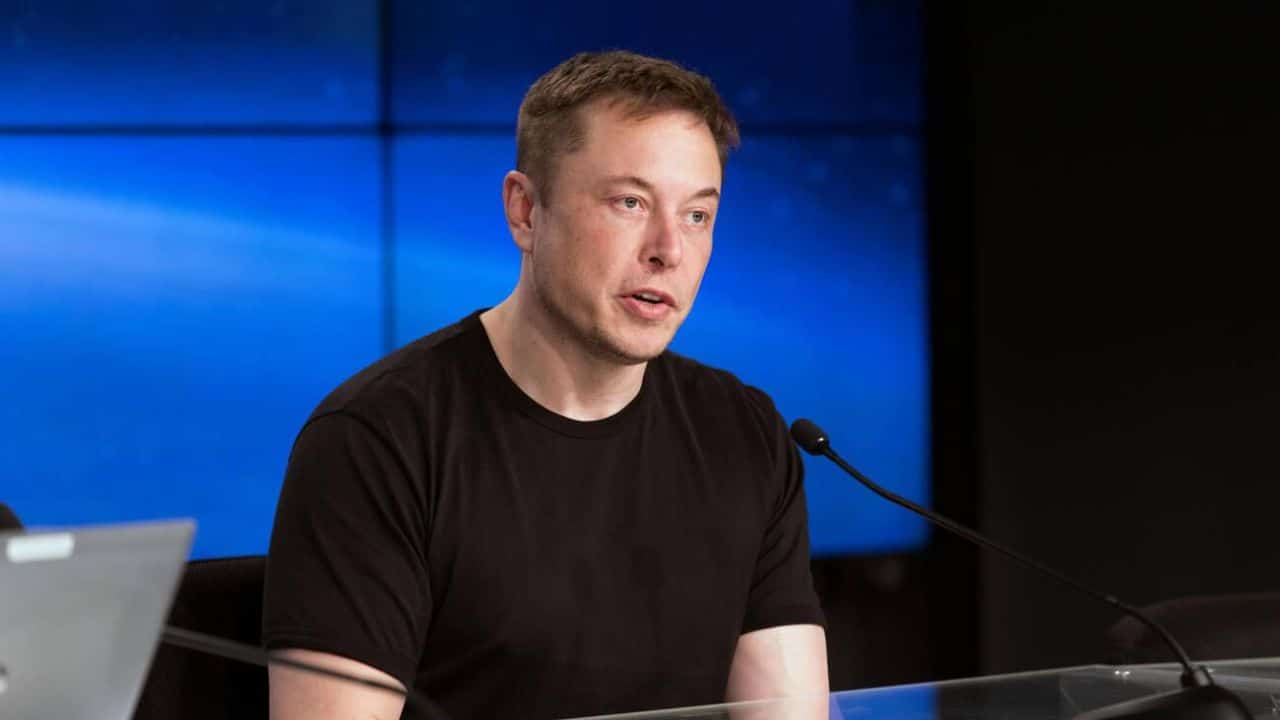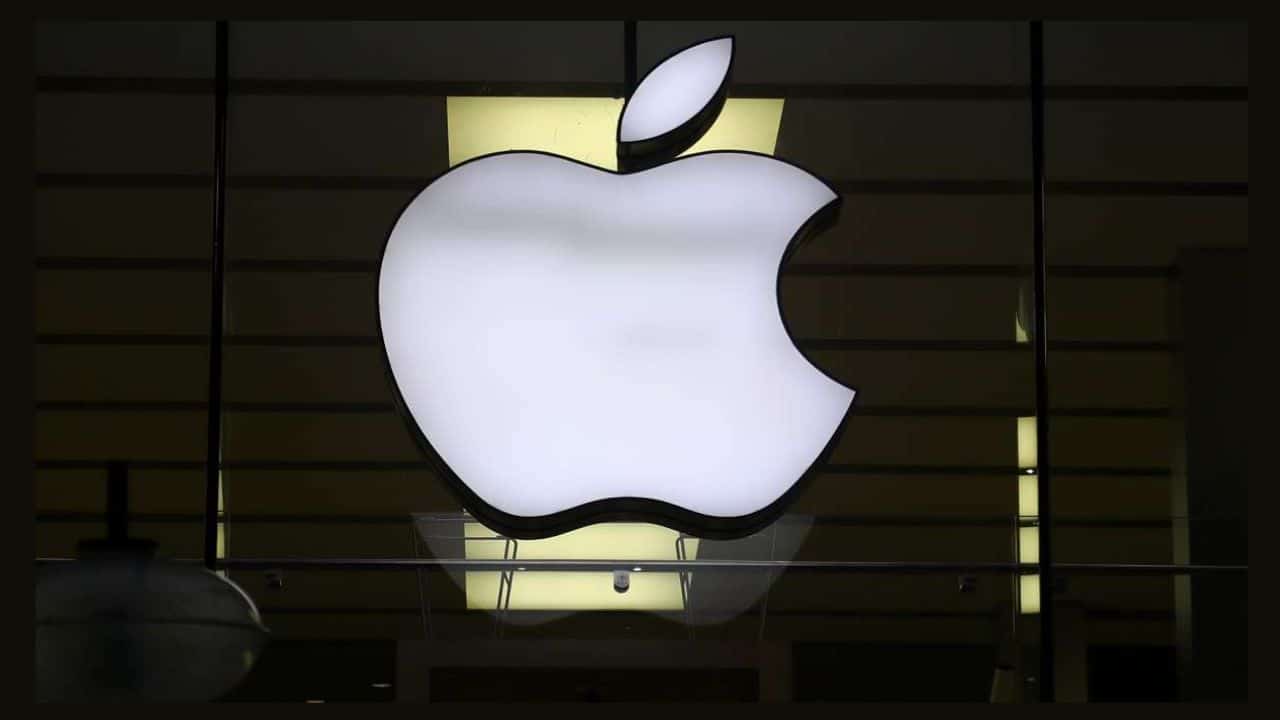Feeling puzzled about the heroes behind India’s fight for independence? You’re not alone; many around the world share your curiosity. Here’s a fascinating fact: Indian Independence Day falls on the 15th of August and commemorates the country’s freedom from British colonial rule in 1947.
This article will take you on an enlightening journey through this significant historical event, highlighting pivotal figures who fought bravely for the nation’s sovereignty. Are you ready to delve into this captivating tale of courage and determination?
Content Highlights
- Indian Independence Day falls on August 15th, marking the country’s freedom from British colonial rule in 1947.
- Mahatma Gandhi and Jawaharlal Nehru were key leaders in India’s fight for independence, with their non-violent approach and political leadership playing crucial roles.
- Other heroes like Rani Lakshmibai, Bhagat Singh, Sarojini Naidu, Aruna Asaf Ali, Usha Mehta, Subhash Chandra Bose, and Chandra Shekhar Azad also made significant contributions to India’s struggle for independence.
- Important events such as the Salt March, Non – cooperation Movement, Quit India Movement, and Freedom of Press Movement played major roles in shaping Indian history toward independence.
History of Indian Independence
British colonialism in India had a significant impact, leading to the partition of India and the rise of leaders like Gandhi.
| Feature | Details |
|---|---|
| Date | August 15 |
| Significance | India celebrates Independence Day on August 15 yearly to commemorate the country’s independence from British rule in 1947. |
| History | The Indian independence movement was long and bloody, lasting over 200 years. Many great leaders and freedom fighters sacrificed their lives for the cause of independence, including Mahatma Gandhi, Jawaharlal Nehru, and Subhas Chandra Bose. |
| Celebrations | Independence Day is celebrated with great pomp and ceremony throughout India. The main event is held at the Red Fort in Delhi, where the Prime Minister of India hoists the national flag and delivers a speech to the nation. There are also flag-hoisting ceremonies and parades in other cities and towns nationwide. |
| Traditions | Some traditional activities performed on Independence Day include singing patriotic songs, dancing, and wearing traditional Indian clothes. People also visit the graves of freedom fighters and pay their respects. |
| Food | Some traditional foods eaten on Independence Day include gulab jamun, jalebi, and rasgulla. These foods are considered auspicious and believed to bring good luck. |
| Dress code | On Independence Day, it is customary for people to wear traditional Indian clothes. This could be a kurta-pajama, a saree, or a dhoti. However, it is also acceptable to wear Western clothes. |
| Significance for Indians | Independence Day is a very important day for Indians. It is a day to celebrate their freedom and remember the sacrifices made by the freedom fighters. It is also a day to renew their commitment to building a strong and prosperous India. |
British Colonialism in India
The British made India part of their empire in 1858. This period is called the British Raj. During this time, Brits ruled over India and its people. This rule lasted until 1947, when India got free from them.
The fight for freedom was hard and full of uprisings against the Brits. One key event was the Indian Rebellion of 1857. It acted as a spark to set off a big movement for independence in India.
Impact of Colonialism
Colonial rule in India began when the East India Company came. This was in the earlier part of the 1600s. The British took control over significant parts of India. They forced their laws on the people here.
Our land, goods, and even our people were used for their gain. The rich turned poor, and the poor became poorer under their reign. This period saw many big and small revolts against this foreign power.
The Indian culture also faced a hit due to colonialism, but it did not break! Over time, Indians also learned about worldwide freedom movements from other lands under colonial rule! The voices grew strong and loud against this injustice; they demanded freedom!
Partition of India
The Partition of India happened in 1947. It was a big part of the Indian independence movement. This act split British India into two new countries: Pakistan and India. The law that made this happen was the Indian Independence Act of 1947.
This divide moved about ten million people from one place to another. It is still the largest shift of people in history! People who followed the Muslim faith went to Pakistan. Those who practiced Hindu or Sikh faiths stayed in India.
Role of Gandhi
Gandhi played a major role in India’s fight for independence. He led peaceful movements to resist British rule. His non-violent approach inspired many people to join the cause. In 1942, he launched the Quit India Movement, which demanded that the British leave India immediately.
Gandhi became a powerful voice for the people, and his efforts were instrumental in ending British colonialism in India.
Heroines Who Fought for Indian Independence
Sarojini Naidu, Rani Lakshmibai, Aruna Asaf Ali, and Usha Mehta were among the courageous women who played instrumental roles in India’s fight for independence. Don’t miss out on reading about their inspiring contributions!
Sarojini Naidu
Sarojini Naidu, also known as the “Nightingale of India,” was a famous poet and a key figure in the Indian independence movement. She actively participated in the Women’s Indian Association (WIA), contributing to its establishment.
Naidu traveled extensively, advocating for women’s rights and empowerment. As one of the first women to participate wholeheartedly in the struggle for independence, she used her impressive oratory skills to inspire and mobilize support for the movement.
Rani Lakshmibai
Rani Lakshmibai was a brave and fearless warrior who fought against British rule in India. She was the ruler of Jhansi, a princely state in the Maratha Empire, during the 1850s. When the British tried to annex her kingdom, she resisted their plans and played a crucial role in the first War of Independence in 1857-58.
Rani Lakshmibai is admired as a symbol of sacrifice and bravery. Her contributions are cherished and celebrated on Indian Independence Day because she was one of the heroes behind this important day in Indian history.
Aruna Asaf Ali
Aruna Asaf Ali was an important figure during the Quit India Movement, which played a significant role in India’s fight for independence. She is often called the “Grand Old Lady of Indian Independence” because of her brave actions and contributions to the liberation movement.
Despite her important role, she is not widely recognized or discussed in textbooks, making her a forgotten hero in Indian history. Alongside other women freedom fighters, Aruna Asaf Ali made great sacrifices and even risked her life for the country’s independence.
Her contributions during the Quit India Movement have earned her recognition as a true hero in Indian history.
Read More: The Untold Story of US Independence Day Celebration!
Usha Mehta
Usha Mehta, born on March 25, 1920, in Gujarat, played a significant role in India’s fight for independence. She was a prominent freedom fighter and follower of Mahatma Gandhi. Usha Mehta is best remembered for organizing the Congress Radio, a secret radio station that broadcasted messages during the independence struggle.
Her contributions to India’s freedom were crucial, and she remains an important figure in Indian history.
Heroes of Indian Independence
Mahatma Gandhi led the non-violent civil disobedience movement, while Jawaharlal Nehru played a crucial role in shaping India’s future as its first Prime Minister.
Mahatma Gandhi
Mahatma Gandhi, often called the father of India, played a crucial role in the country’s fight for independence. He was an Indian lawyer and politician who dedicated his life to this cause.
Gandhi believed in nonviolence and peaceful protests as powerful tools of resistance against British rule. His famous movements, like the Salt March, Non-Cooperation Movement, and Quit India Movement, were instrumental in achieving freedom.
In South Africa, Gandhi personally experienced discrimination that fueled his commitment to fighting for equality and justice. With his leadership and philosophy of nonviolence, Mahatma Gandhi left an indelible mark on India’s path toward independence.
Jawaharlal Nehru
Jawaharlal Nehru was a key leader in the fight for Indian independence. He became a prominent figure after the 1929 Lahore session and played an important role in the struggle against British colonial rule.
When India gained independence in 1947, Nehru became the country’s first prime minister. He was instrumental in shaping the new nation and worked tirelessly to improve the lives of its people.
Additionally, his efforts as a freedom fighter were crucial in achieving independence. Jawaharlal Nehru’s leadership and dedication are celebrated on Indian Independence Day every year.
Subhash Chandra Bose
Subhash Chandra Bose was an important leader in the Indian independence movement. He fought against British rule and gained support from Japan. Many Indians saw him as a hero because he defied the British authorities.
Bose even wrote a book called ‘The Indian Struggle,’ which tells the story of India’s fight for freedom from 1920 to 1942. The British banned this book because they didn’t want people to know about their brutal colonial rule in India.
Bhagat Singh
Bhagat Singh, born into a Sikh family, was a brave and influential leader in the Indian independence movement. He strongly opposed British rule in India and actively participated in various protests and demonstrations.
In 1928, he got involved in a plot to assassinate a police chief as an act of resistance against colonial oppression. Bhagat Singh inspired many others to join the freedom struggle and fight for India’s independence.
His courage and determination made him one of the most respected leaders of that time.
Chandra Shekar Azad
Chandra Shekhar Azad was a brave Indian freedom fighter who played a significant role in the struggle for independence. Born in 1906, he dedicated his life to fighting for India’s freedom from British rule.
Azad led a group of young militants as part of the Hindustan Republican Association (HRA) and worked closely with Bhagat Singh. His heroic actions and contributions have inspired millions of people in India.
Major Events of Indian Independence
The major events of Indian Independence include the Salt March, the Non-cooperation Movement, the Quit India Movement, and the Freedom of Press Movement.
Salt March
The Salt March was a big protest against British rule in India. It happened in 1930 and was led by Mahatma Gandhi, who believed in nonviolent resistance. The march was about the British government’s control of salt production and the tax they put on it.
Gandhi and his followers walked for 24 days from Sabarmati Ashram to Dandi, covering a distance of 240 miles. Many Indians were inspired by this march to join the fight for independence.
Non-cooperation Movement
The Non-cooperation Movement was a big part of India’s fight for independence from British rule. It happened between 1920 and 1922, led by Mohandas (Mahatma) Gandhi. The movement started after the Jallianwala Bagh Massacre, where British soldiers killed many Indians.
During this movement, people in India decided to boycott British goods and institutions. They refused to buy British-made clothes or use their schools and courts. Instead, they chose to support Indian businesses and schools.
The Non-cooperation Movement had a big impact on the freedom struggle in India. It showed that non-violent protests could be powerful tools for change and inspired future movements for independence.
Quit India Movement
The Quit India Movement was important in India’s fight for independence. It started on 8 August 1942, when the Congress Working Committee passed the Quit India Resolution.
Mahatma Gandhi led the movement to drive the British out of India. People from all walks of life joined this movement: farmers, factory workers, journalists, artists, and students.
The Quit India Movement represents a turning point in Indian history and is observed to honor the sacrifices made by freedom fighters and ordinary people who fought for independence.
Freedom of Press Movement
During the Indian Independence movement, the Freedom of Press Movement played a crucial role. The press was a powerful tool to expose British atrocities and rally public support for independence.
Newspapers like “The Hindu” and “Amrita Bazar Patrika” fearlessly highlighted colonial injustices and promoted nationalistic ideas. Journalists faced censorship and imprisonment but persisted in their fight for freedom of expression.
The movement showcased the power of media in shaping public opinion and contributing to India’s struggle for independence.
Political Developments Leading to Indian Independence
Key political developments played a crucial role in leading India towards independence, such as the formation of the Indian National Congress and the Muslim League, along with the involvement of the Cabinet Mission.
Indian National Congress
The Indian National Congress was formed in 1885 and played a crucial role in the Indian independence movement against British rule. Their main goal was to achieve freedom from Great Britain.
The Congress organized various protests and campaigns to oppose British rule, gaining widespread support from the people. One of their notable initiatives was the Quit India Movement, led by Mahatma Gandhi, which saw massive participation from all across India.
Through their efforts, the Indian National Congress paved the way for a sovereign and independent India on August 15th, 1947.
Muslim League
The Muslim League was an important political group in India that was founded in 1906. It was formed as a different option to the Indian National Congress. The Muslim League played a key role in the events leading up to Indian independence and the creation of Pakistan.
They wanted to represent and protect the rights of Muslims in India, who felt left out by the mainly Hindu-centric Indian National Congress. A leader named Quaid-e-Azam Muhammad Ali Jinnah led the Muslim League and fought for a separate nation for Muslims.
This eventually resulted in the division of India along religious lines and led to Pakistan becoming its own country.
Cabinet Mission
The Cabinet Mission was a group of British officials who came to India in 1946. They wanted to talk about giving power back to the Indian leaders. The mission had three British members: Lord Pethick-Lawrence, Sir Stafford Cripps, and A.V.
Alexander. Their main goal was to ensure that India stayed together as one country when it became independent. They also had to deal with the differences between the Indian National Congress and the Muslim League.
Also Read: Google Doodle Celebrates Bangladesh’s 53rd Independence Day
Impact of the Indian Referendum on the British Raj
The Indian Referendum significantly impacted the British Raj, leading to the implementation of the Cripps Mission, Mountbatten Plan, and ultimately the Indian Independence Act.
Cripps Mission
The Cripps Mission was an important event during the Indian independence movement. It happened in 1942 when Britain wanted India’s support for their efforts in World War II. The mission was led by Stafford Cripps, who tried to get Hindus and Muslims in India to agree on important issues.
The mission suggested giving India dominion status and the power to leave the British Commonwealth if they wanted. Some people saw this as a significant step towards independence, but it didn’t work out as planned.
The different political parties in India couldn’t agree, so the mission didn’t achieve its goals.
Mountbatten Plan
The Mountbatten Plan was an important event in Indian history. It was released on June 3, 1947, and it proposed the partition of India into two countries: India and Pakistan. The plan was announced by Lord Mountbatten, who played a significant role in ending British rule in India.
The plan’s main goal was to transfer power from Britain to these newly formed independent nations as quickly as possible. Some key points of the plan included establishing two Dominions, India, and Pakistan, creating a Boundary Commission to determine the borders between them, and addressing the inclusion of Princely States.
Indian Independence Act
The Indian Independence Act was a very important event in the history of India. It happened in 1947 and marked the end of British colonial rule in India. The act created two new countries – India and Pakistan.
This was because there were religious differences between Hindus and Muslims. So, Pakistan became a separate country for Muslims. The partition of British India into these two countries led to widespread violence and displacement of people.
But it also allowed for establishment of independent nations where Indians could govern themselves. Overall, the Indian Independence Act changed the course of history for both India and Pakistan.
Post-Indian Independence Scenario
After gaining independence, India drafted its constitution and granted fundamental rights to its citizens. Find out more about the post-independence scenario in India.
Fundamental Rights Granted by the Constitution
The Constitution of India grants its citizens six important rights, known as fundamental rights. These rights are essential for promoting equality and freedom in the country. One of these fundamental rights is the Right to Freedom, which is closely linked to independence.
The Right to Freedom ensures that every Indian citizen has the freedom of speech, expression, assembly, and movement. It also guarantees freedom from discrimination and exploitation.
The Constitution protects these fundamental rights and cannot be taken from its citizens. They play a crucial role in maintaining social harmony and ensuring the well-being of all Indians.
In addition to the Right to Freedom, other fundamental rights are granted by the Constitution. These include the Right to Equality, which ensures everyone is treated equally regardless of race, caste, religion, or gender.
The Right against Exploitation protects against forced labor and human trafficking. The Right to Education ensures that all children can access education without discrimination.
Drafting of the Constitution
The Constituent Assembly drafted the Constitution of India. The drafting committee began its work on December 13, 1946, led by Dr. B.R. Ambedkar. It took them almost three years to finalize the Constitution.
During this time, there were many debates and discussions on various issues. Finally, on November 26, 1949, the Constitution was adopted, which came into effect on January 26, 1950.
World Reactions to Indian Independence
The world reacted with admiration and support for India’s hard-earned independence, which profoundly impacted the direction of the Cold War. To learn more about the international response and its significance, continue reading.
Reactions from the International Community
The international community had different reactions to India’s independence. Some countries showed support for the nonviolent methods advocated by leaders like Gandhi. Others were interested in the process of partition that led to the creation of Pakistan.
Historian Ian Talbot studied media reports from Britain, India, and Pakistan to understand these reactions better. These responses worldwide show how important and influential India’s independence was globally.
Indian Independence Day is celebrated in India and by Indian communities worldwide, highlighting its significance across borders.
Impact on the Direction of the Cold War
India’s independence from British colonial rule in 1947 significantly impacted the direction of the Cold War. The partition of British India into India and Pakistan created two separate nations and intensified tensions between the United States and the Soviet Union.
India, under the leadership of Prime Minister Jawaharlal Nehru, played a crucial role in shaping non-aligned movements during the Cold War era. Nehru advocated for countries to remain neutral and not align with the superpower bloc (the United States or the Soviet Union).
This approach was considered a challenge to both superpowers’ efforts to gain influence and control over developing countries.
India’s stance on decolonization and self-determination also resonated with other newly independent nations worldwide. Many African and Asian countries looked to India as an inspiration for their struggles against imperialism.
Furthermore, India’s relationship with the United States during this time was complex. While there were areas of cooperation, such as economic aid, trade agreements, and cultural exchange programs, there were also differences in foreign policy priorities.
Final Words
Indian Independence Day reminds us of the heroes who fought for our freedom. From Mahatma Gandhi and Jawaharlal Nehru to Rani Lakshmibai and Bhagat Singh, these brave individuals showed immense courage and determination in their fight against British colonialism.
Their sacrifices have shaped our nation’s history, and on this special day, we honor their contributions with pride and gratitude. Let us celebrate Indian Independence Day with renewed patriotism and remember that our freedom came at a great cost.
Frequently Asked Questions (FAQs)
History enriches knowledge. If you want to know more about Indian independence day or have queries, please check below. We answered some commonly asked questions on this related topic.
1. Who are the heroes behind Indian Independence Day?
The heroes behind Indian Independence Day are freedom fighters such as Mahatma Gandhi, Jawaharlal Nehru, Bhagat Singh, and many others who fought for India’s freedom from British rule.
2. Why is Indian Independence Day celebrated?
Indian Independence Day is celebrated to commemorate the day when India gained independence from British colonial rule on August 15, 1947.
3. What sacrifices did these heroes make for Indian independence?
These heroes made great sacrifices such as imprisonment, facing violence and death, leading nonviolent protests and movements, and dedicating their lives to the cause of India’s freedom.
4. How is Indian Independence Day celebrated in India?
Indian Independence Day is celebrated with flag-hoisting ceremonies, parades showcasing cultural diversity and military strength, speeches by political leaders, patriotic songs and dances, and fireworks displays across the country.


